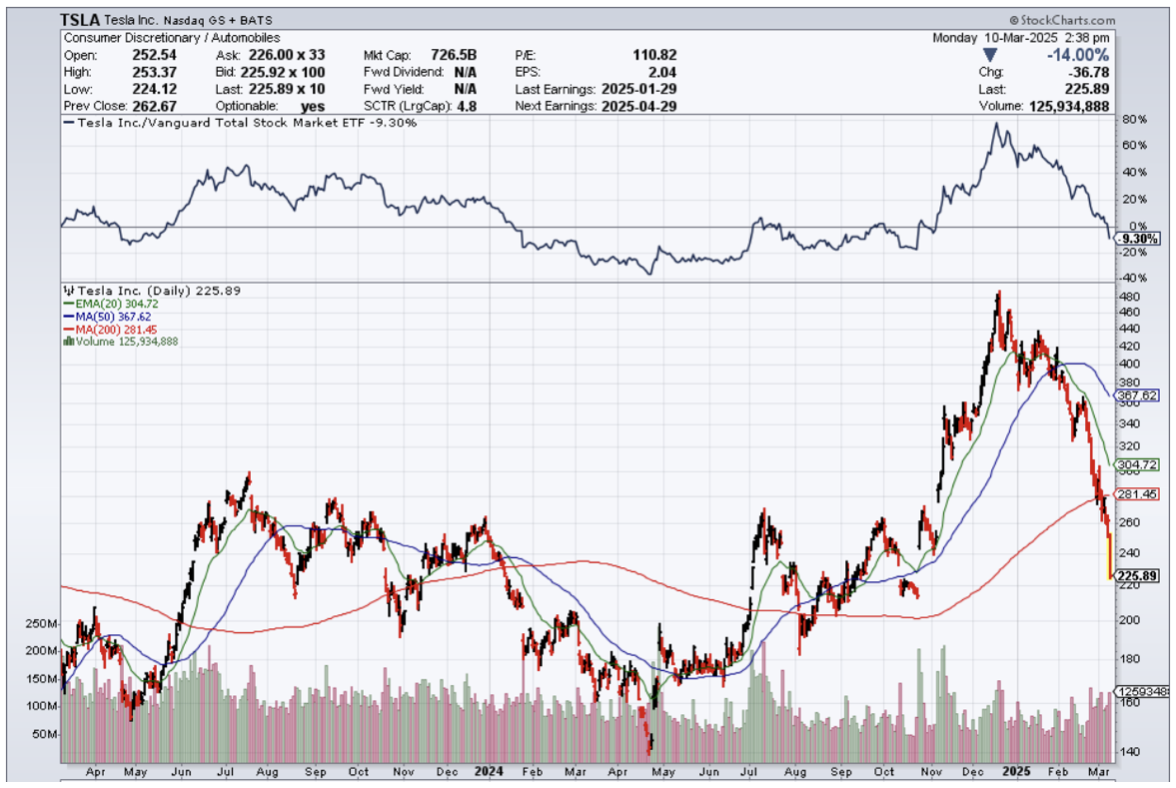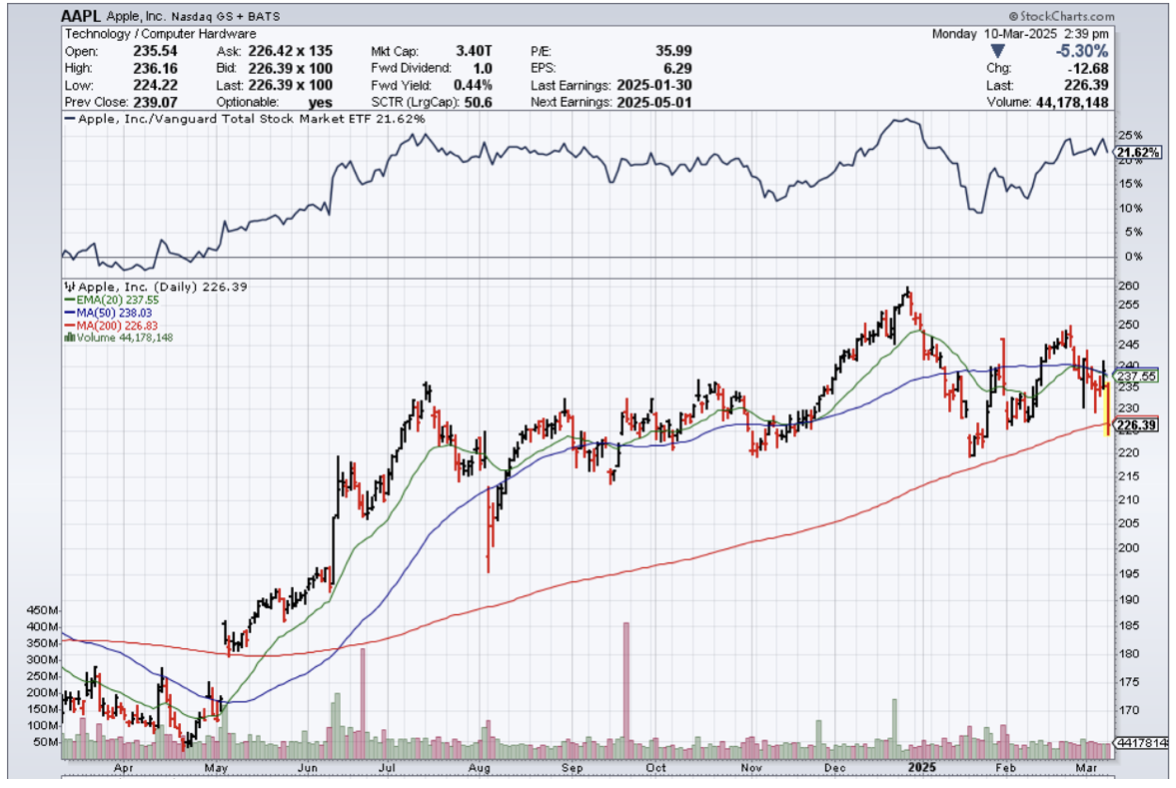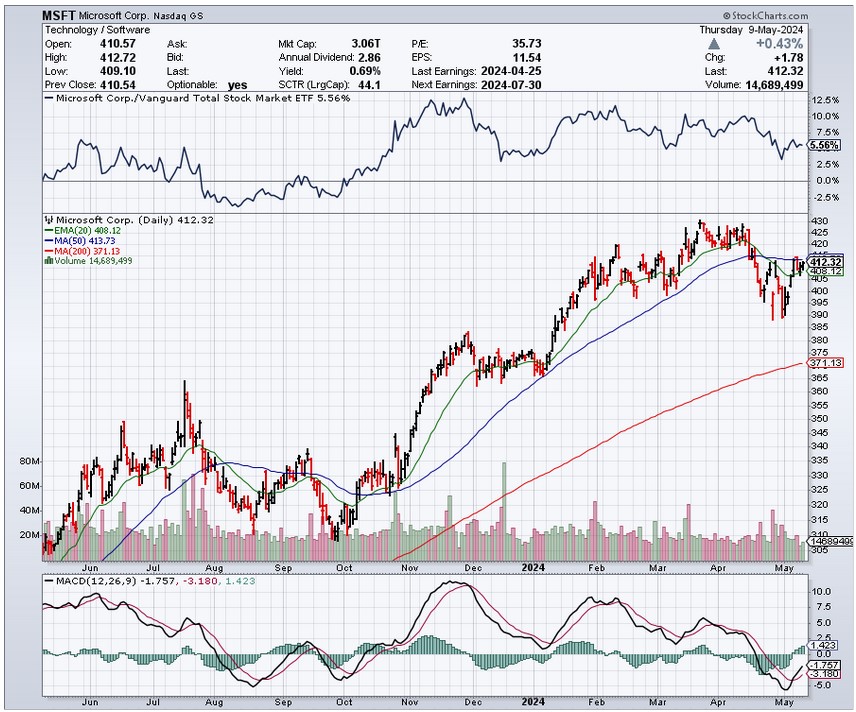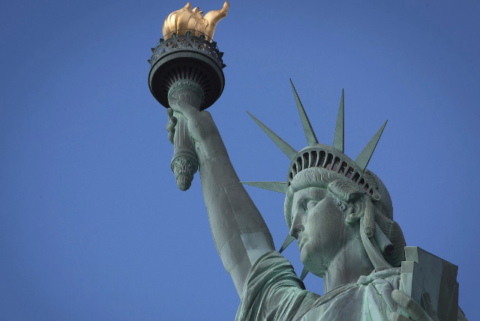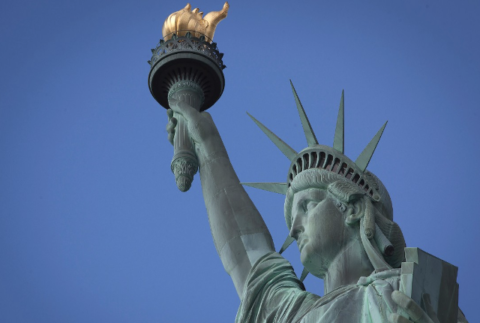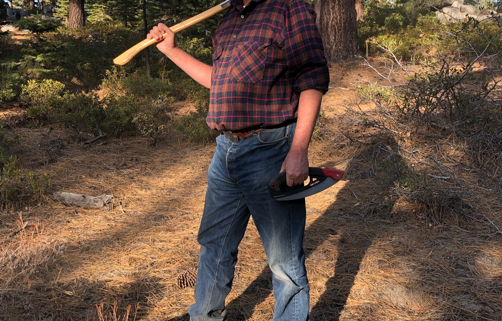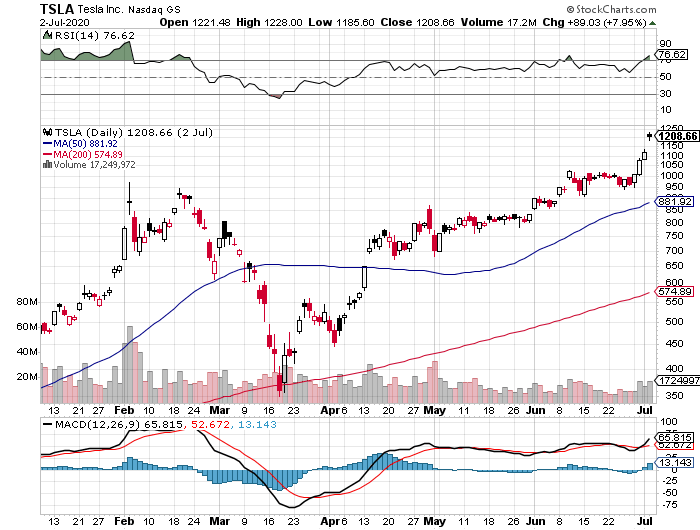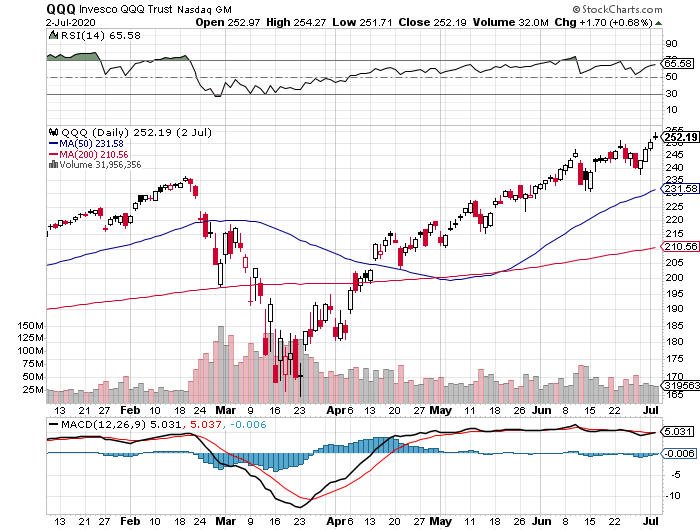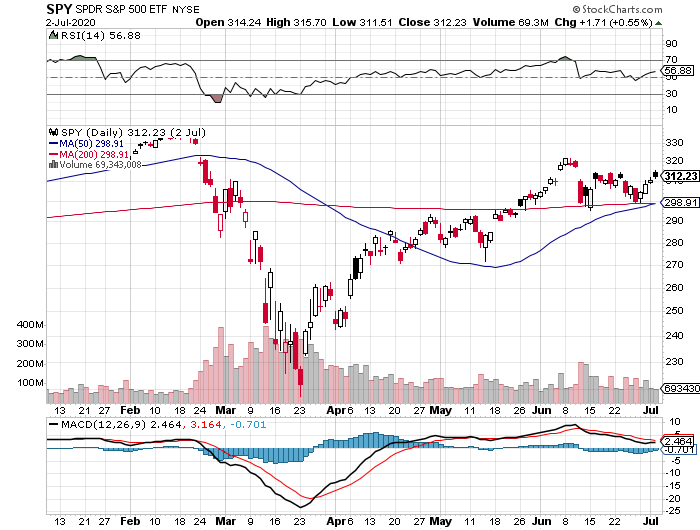Contents:
- Khelostar App Download: Your Guide to Online Casino Gaming in India
- Why Choose Khelostar for Online Casino Gaming?
- How to Download the Khelostar App on Android
- How to Download the Khelostar App on iOS
- Exploring the Features of the Khelostar App
- Tips for Safe and Responsible Gaming on Khelostar
- Frequently Asked Questions About Khelostar App
Welcome to the world of seamless betting and thrilling casino games with the Khelostar app download. As the premier betting application on the market, Khelostar offers an unparalleled gaming experience, combining cutting-edge casino software with user-friendly features. Whether you're a seasoned bettor or a newcomer eager to explore, Khelostar provides a platform that caters to all your gaming needs. Dive into a universe where excitement meets convenience, and let Khelostar elevate your betting journey to new heights.
Khelostar App Download: Your Guide to Online Casino Gaming in India
The Khelostar app is revolutionizing the way Indian players engage with online casino gaming. With its user-friendly interface and a wide range of games, it offers an unparalleled betting experience. Whether you are a seasoned player or a newcomer, the Khelostar app provides a seamless platform for all your gaming needs.
In this guide, we will walk you through the process of downloading and installing the Khelostar app on your mobile device. We will also highlight the features that make this betting application a top choice for online casino enthusiasts in India.
How to Download the Khelostar App
Downloading the Khelostar app is a straightforward process. Follow these steps to get started:
- Visit the Official Website: Navigate to the official Khelostar website using your mobile browser.
- Locate the Download Link: Find the download link for the Khelostar app, usually available on the homepage or under the mobile app section.
- Download the App: Click on the download link to initiate the app download process.
Mobile Installation Process
Once the Khelostar app is downloaded, follow these steps to install it on your mobile device:
- Enable Unknown Sources: Go to your device settings and enable the installation of apps from unknown sources.
- Install the App: Open the downloaded file and follow the on-screen instructions to install the app.
- Launch the App: Once installed, open the app and create an account or log in to start playing.
Features of the Khelostar Betting Application
The Khelostar app offers a variety of features that enhance your online gaming experience:
- Wide Range of Games: From slots to table games, the app offers a diverse selection of casino games.
- User-Friendly Interface: The intuitive design ensures easy navigation and a smooth gaming experience.
- Secure Transactions: The app uses advanced encryption technology to protect your financial information.
- 24/7 Customer Support: Access to round-the-clock support for any queries or issues.
Why Choose Khelostar for Online Casino Gaming?
Khelostar stands out as a premier choice for online casino gaming in India due to its commitment to providing a safe and enjoyable gaming environment. The app's robust features, coupled with its focus on user satisfaction, make it a preferred platform for both casual and serious gamers.
| Feature | Benefit |
|---|---|
| Variety of Games | Endless entertainment options |
| Secure Transactions | Peace of mind while betting |
| 24/7 Support | Assistance whenever needed |
By choosing the Khelostar app, you are opting for a reliable and exciting online casino experience. Download the app today and immerse yourself in the world of online gaming.
Why Choose Khelostar for Online Casino Gaming?
In the rapidly evolving world of online casino gaming, selecting the right platform is crucial for an enjoyable and secure experience. Khelostar stands out as a premier choice for both novice and seasoned players. With its user-friendly interface and a wide array of games, Khelostar offers an unparalleled gaming experience.
Whether you are interested in strategic betting or simply want to enjoy the thrill of casino games, Khelostar provides a comprehensive platform that caters to all your gaming needs. The app's seamless integration and advanced casino software ensure a smooth and engaging experience for all users.
Comprehensive Game Selection
Khelostar offers an extensive range of games that cater to all types of players. From classic table games to modern slots, the platform ensures that there is something for everyone. The betting application is designed to provide easy access to popular games, allowing players to explore new options and find their favorites.
- Classic Table Games: Enjoy timeless games like Blackjack, Roulette, and Poker.
- Modern Slots: Experience high-quality graphics and innovative themes.
- Live Casino: Engage with live dealers for a realistic casino experience.
Advanced Casino Software
The backbone of Khelostar's success is its cutting-edge casino software. This technology ensures that all games run smoothly, providing players with a glitch-free experience. The software is regularly updated to incorporate the latest security features, ensuring that your personal and financial information is always protected.
- High Performance: Fast loading times and responsive gameplay.
- Security: Advanced encryption technology to safeguard data.
- Compatibility: Available on multiple devices for gaming on the go.
User-Friendly Interface
Khelostar's betting application is designed with the user in mind. The intuitive interface makes it easy for players to navigate through the platform and access their favorite games. Whether you are a beginner or an experienced player, the app provides a seamless experience that enhances your gaming journey.
- Easy Navigation: Simple layout for quick access to games and features.
- Personalized Experience: Customizable settings to suit individual preferences.
- Customer Support: 24/7 assistance to address any queries or issues.
Secure and Fair Gaming
At Khelostar, player security and fair play are top priorities. The platform employs state-of-the-art security measures to protect user data and ensure a safe gaming environment. Additionally, all games are regularly audited for fairness, providing players with a trustworthy and transparent gaming experience.
- Data Protection: Robust security protocols to safeguard information.
- Fair Play: Independent audits to ensure game integrity.
- Responsible Gaming: Tools and resources to promote healthy gaming habits.
How to Download the Khelostar App on Android
The Khelostar app offers a seamless casino experience on your Android device, providing access to a wide range of casino games and features. With its user-friendly interface and robust casino software, the app ensures that players enjoy a smooth and engaging gaming experience. In this guide, we will walk you through the steps to download and install the Khelostar app on your Android device.
Downloading the Khelostar app is a straightforward process, but it requires a few specific steps to ensure successful mobile installation. Follow the instructions below to get started with your Khelostar casino adventure.
Steps to Download and Install the Khelostar App
To enjoy the full range of casino games and features, follow these steps to download and install the Khelostar app on your Android device:
- Visit the Official Khelostar Website: Open your preferred web browser on your Android device and navigate to the official Khelostar website. This ensures that you download the app from a trusted source.
- Locate the Download Link: On the homepage, look for the Download App section. This section typically contains the link to download the Khelostar app for Android devices.
- Enable Unknown Sources: Before downloading, go to your device's Settings, select Security, and enable Unknown Sources. This allows you to install apps from sources other than the Google Play Store.
- Download the APK File: Click on the download link to start downloading the Khelostar APK file. Once the download is complete, locate the file in your device's Downloads folder.
- Install the App: Tap on the downloaded APK file to begin the installation process. Follow the on-screen instructions to complete the installation.
- Launch the Khelostar App: Once installed, open the app and log in with your existing account or create a new one to start playing your favorite casino games.
By following these steps, you can easily download and install the Khelostar app on your Android device, giving you access to a wide variety of casino games and features. Enjoy the convenience of mobile installation and the power of advanced casino software right at your fingertips.
| Feature | Description |
|---|---|
| Casino Games | Access a wide range of games including slots, poker, and blackjack. |
| User-Friendly Interface | Navigate easily with a simple and intuitive design. |
| Secure Transactions | Enjoy safe and secure deposits and withdrawals. |
With the Khelostar app, you can experience the thrill of casino gaming anytime, anywhere. Download the app today and immerse yourself in the exciting world of online casinos.
How to Download the Khelostar App on iOS
The Khelostar app offers a seamless betting experience for iOS users, providing access to a wide range of casino games and sports betting options. This guide will walk you through the steps to download and install the Khelostar app on your iOS device, ensuring you can enjoy the full suite of features offered by this popular betting application.
With the increasing popularity of mobile betting, having the Khelostar app on your iPhone or iPad allows you to place bets anytime, anywhere. Follow these simple instructions to complete the mobile installation process efficiently.
Step-by-Step Guide to Downloading the Khelostar App on iOS
To get started with the Khelostar app on your iOS device, follow these steps:
- Visit the Official Khelostar Website: Open Safari or any web browser on your iOS device and navigate to the official Khelostar website. This ensures you are downloading the legitimate version of the app.
- Locate the iOS App Download Link: On the homepage, look for the Download section. Here, you will find the link to download the Khelostar app for iOS devices.
- Initiate the Download: Tap on the iOS download link. A prompt may appear, asking for permission to download the app. Confirm to proceed.
- Install the App: Once the download is complete, open the downloaded file. Your iOS device may ask for confirmation to install the app from an external source. Approve the installation.
- Trust the App Developer: Go to Settings > General > Device Management. Find the Khelostar app profile and tap Trust to allow the app to run on your device.
- Launch the App: After installation, locate the Khelostar app icon on your home screen. Open the app and log in with your credentials or create a new account to start betting.
By following these steps, you can easily complete the mobile installation of the Khelostar app on your iOS device, giving you access to a world of exciting betting opportunities.
For any issues during the download or installation process, refer to the FAQ section on the Khelostar website or contact their customer support for assistance. Enjoy a seamless betting experience with the Khelostar app on your iOS device!
Exploring the Features of the Khelostar App
The Khelostar app is a cutting-edge platform designed for casino enthusiasts and betting aficionados. This casino software offers a seamless experience for users looking to engage in thrilling gaming activities. With its user-friendly interface and robust features, the Khelostar app is a must-have for anyone interested in online betting.
In this article, we will delve into the various features of the Khelostar app, highlighting why it stands out in the crowded market of betting applications. Whether you're a seasoned player or a newcomer, the Khelostar app provides a comprehensive experience tailored to your gaming needs.
User-Friendly Interface
The Khelostar app boasts a user-friendly interface that makes navigation a breeze. Designed with the user in mind, the app ensures that players can easily access their favorite games and betting options. The intuitive layout allows for quick access to various sections, making it simple for users to find what they're looking for without any hassle.
Wide Range of Casino Games
One of the standout features of the Khelostar app is its extensive selection of casino games. From classic table games to modern slots, the app offers something for every type of player. Users can enjoy a diverse range of games, each designed with stunning graphics and engaging gameplay.
- Blackjack
- Roulette
- Slots
- Poker
Secure and Reliable Betting Platform
Security is a top priority for the Khelostar app. The platform employs advanced encryption technologies to ensure that user data is protected at all times. This secure betting application provides peace of mind to players, allowing them to focus on enjoying their gaming experience without worrying about security breaches.
Live Betting Options
For those who enjoy the thrill of live betting, the Khelostar app offers a comprehensive live betting feature. Users can place bets in real-time on a variety of sports and events, enhancing the excitement of the gaming experience. The live betting section is updated continuously, providing users with the latest odds and options.
Seamless Payment Methods
The Khelostar app supports a variety of payment methods, ensuring that users can deposit and withdraw funds with ease. From credit cards to e-wallets, the app offers multiple options to cater to different preferences. This flexibility makes it convenient for users to manage their accounts and enjoy uninterrupted gaming sessions.
- Credit/Debit Cards
- Bank Transfers
- e-Wallets
- Cryptocurrency
Customer Support
The Khelostar app provides excellent customer support to assist users with any queries or issues they may encounter. The support team is available 24/7, ensuring that help is always at hand. Whether it's a technical issue or a general inquiry, the customer support team is dedicated to providing prompt and effective assistance.
Tips for Safe and Responsible Gaming on Khelostar
Engaging in online gaming can be an exciting experience, especially when using platforms like Khelostar. However, it's crucial to practice safe and responsible gaming to ensure a positive experience. This guide provides essential tips to help you enjoy gaming responsibly on the Khelostar app.
With the convenience of mobile installation and advanced casino software, Khelostar offers a seamless gaming experience. Let's explore how you can maintain a healthy balance while enjoying your favorite games.
Set a Budget and Stick to It
One of the most important aspects of responsible gaming is setting a budget. Determine how much you can afford to spend on gaming each month and adhere to this limit. This ensures that you do not overspend and helps maintain financial stability.
- Decide on a weekly or monthly gaming budget.
- Use the budget feature available in the Khelostar app to track your spending.
- Avoid chasing losses by sticking to your predetermined budget.
Understand the Games
Before diving into any game, it's crucial to understand the rules and mechanics. This knowledge not only enhances your gaming experience but also helps you make informed decisions.
- Read the game rules and instructions provided in the casino software.
- Utilize demo versions to practice without financial risk.
- Join forums or communities to learn tips from experienced players.
Take Regular Breaks
Continuous gaming can lead to fatigue and poor decision-making. Regular breaks are essential to maintain focus and enjoy gaming responsibly.
- Set a timer to remind yourself to take breaks.
- Engage in other activities to refresh your mind.
- Use the Khelostar app's built-in features to manage your gaming time effectively.
Use Self-Exclusion Tools
If you feel that gaming is becoming overwhelming, consider using self-exclusion tools. These tools help you take a break from gaming and regain control.
- Access the self-exclusion options within the Khelostar app.
- Set time limits or restrict access to certain games.
- Seek support if you find it challenging to manage gaming habits.
Seek Support When Needed
Responsible gaming also involves recognizing when you need help. If gaming starts to affect your personal life, seek support from professionals or support groups.
- Contact support services available through the Khelostar platform.
- Join online forums for advice and support from peers.
- Consider professional counseling if gaming impacts your well-being.
For more information on responsible gaming and to explore exciting gaming options, visit ludo khelo india. Enjoy gaming responsibly and make the most of your experience on Khelostar.
The Khelostar app offers a seamless experience for users looking to engage with casino software on their mobile devices. The app's user-friendly interface and easy mobile installation process make it a top choice for gaming enthusiasts.
Throughout this FAQ, we've addressed key aspects of the Khelostar app, from installation to gameplay, ensuring that users have all the information needed to enjoy their gaming experience fully.
Key Takeaways
- Casino Software: The Khelostar app provides a robust platform for a variety of casino games, ensuring high-quality graphics and smooth gameplay.
- Mobile Installation: The app is designed for quick and easy installation on both Android and iOS devices, allowing users to start playing without unnecessary delays.
- User Experience: With its intuitive design, the app ensures that both new and experienced players can navigate and enjoy the games effortlessly.
By understanding these elements, users can maximize their enjoyment and engagement with the Khelostar app. For those eager to explore more, downloading the app is the first step towards an exciting gaming journey.
Q&A:
How do I download the Khelostar app?
To download the Khelostar app, visit the official website of Khelostar on your mobile device. Look for the "Download" section, which will guide you through the process of installing the betting application. Ensure your device settings allow installations from unknown sources to successfully download the casino software.
Is the Khelostar app available for both Android and iOS?
Yes, the Khelostar app is available for both Android and iOS devices. Android users can download the app directly from the Khelostar website, while iOS users can find it on the Apple App Store. This ensures that you can enjoy the full range of casino software features on your preferred device.
What features does the Khelostar app offer?
The Khelostar app provides a comprehensive betting application experience, featuring a wide variety of casino games, live betting options, and secure payment methods. Users can enjoy seamless navigation and a user-friendly interface, making it easy to place bets and manage their accounts on the go.
Is the Khelostar app safe to use?
Yes, the Khelostar app is designed with user safety in mind. The casino software employs advanced security measures, including encryption and secure payment gateways, to protect user data and transactions. Always download the app from official sources to ensure the highest level of security.


